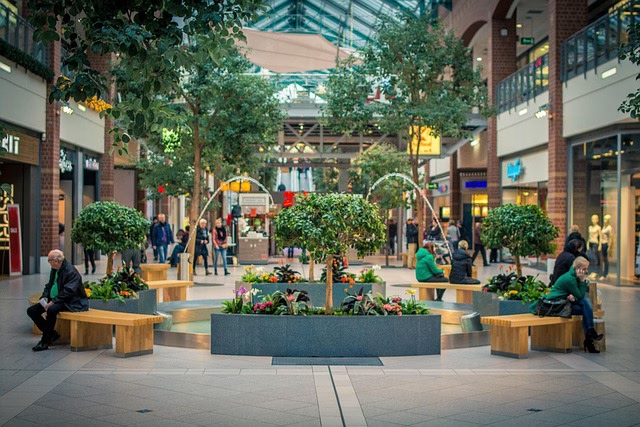
Over the past twelve months, the European shopping center landscape has seen significant progress in sustainability. According to the latest RegioData analysis, a clear trend is emerging: an increase in environmental certifications and a decrease in non-certified buildings. This underscores not only the transformation in the construction industry but also the increasing importance of ecological standards.
The analysis examines the development of environmental certifications in the shopping center landscape between 2024 and 2025. International certifications such as BREEAM, LEED and DGNB are considered key indicators for the sustainability of the more than 11,000 shopping malls, retail parks, factory outlet centers and hypermarkets with more than 5,000 m² of sales space.
Only about 5 percent of existing and planned centers have such certification. If other certificates or major environmental measures without official certification are taken into account, this percentage increases to a maximum of 8 to 9 percent of all properties.
Among the 100 largest shopping centers in Europe, 60 now have an environmental certificate, compared to just under 50 last year. The English environmental rating system BREEAM, in particular, has established itself as the leading standard: the proportion of BREEAM-certified buildings rose from 35 in 2024 to 40 in 2025. Furthermore, it is expected that this percentage will be somewhat higher, as some centers are still pending certification renewal.
Another three of the top 100 centers are LEED-certified, while two have the German DGNB certification. Although DGNB plays a significant role in Germany, it is less widespread internationally than BREEAM and LEED. Furthermore, some already certified centers are switching directly to BREEAM—one example is PlusCity in Pasching, which recently switched from DGNB to BREEAM.
In addition to the major certification systems, the number of individual sustainability measures is also growing. One example is the Riviera Galleria in Greece, which relies on local, natural materials, generous green spaces, and natural ventilation and lighting.
The proportion of shopping centers with alternative sustainability certificates has also increased – from 12 to 15. Modern technologies are generally used to reduce energy consumption, such as energy-efficient lighting, large-scale greening concepts, and intelligent building control systems.
The data shows that sustainability is not a short-term trend in the European shopping center industry – it is a long-term commitment that is becoming increasingly important in the construction industry. The increase in certified buildings, the reduction in non-certified centers, and the growing diversity of environmental standards demonstrate that the focus is increasingly shifting towards sustainable construction methods.
